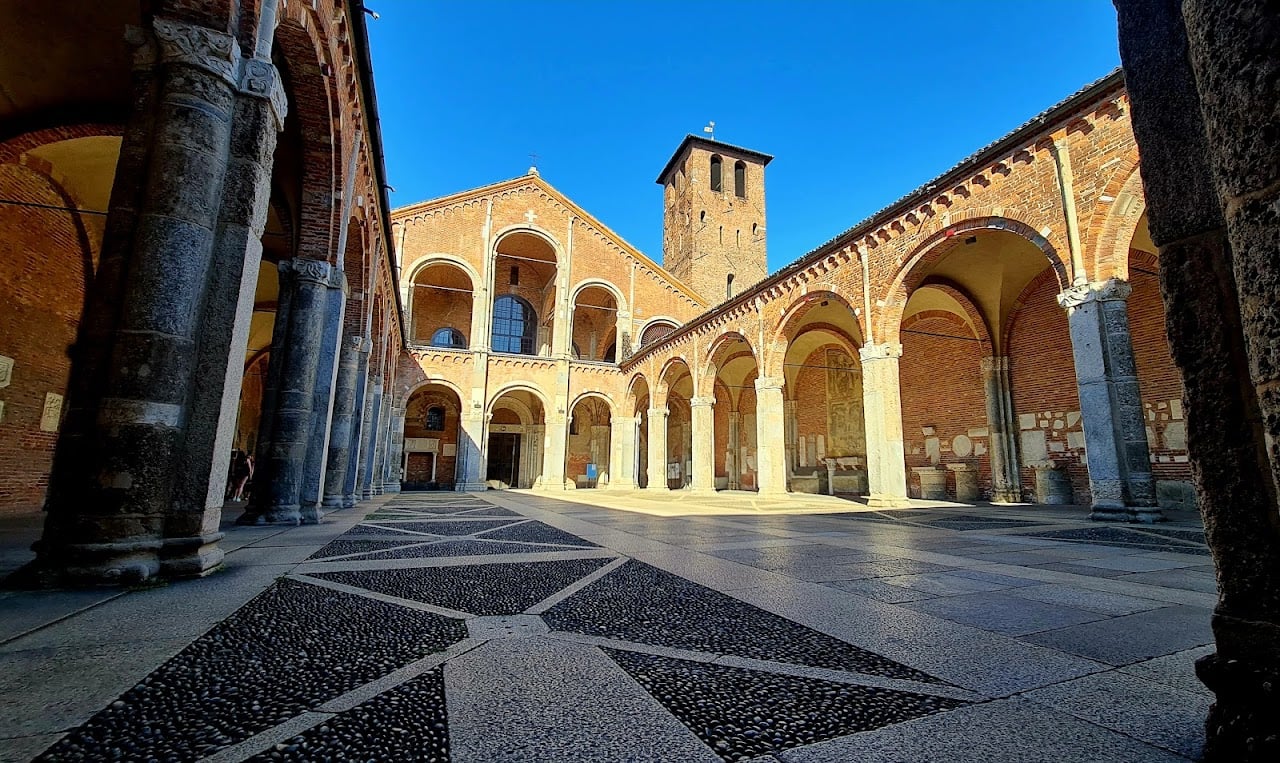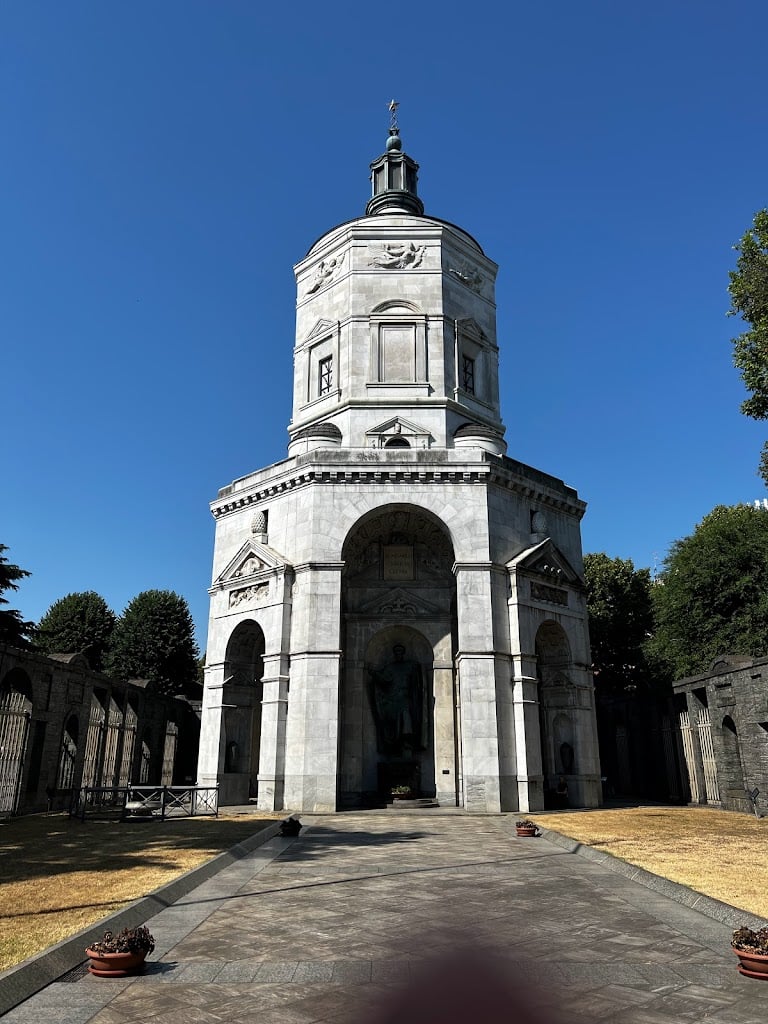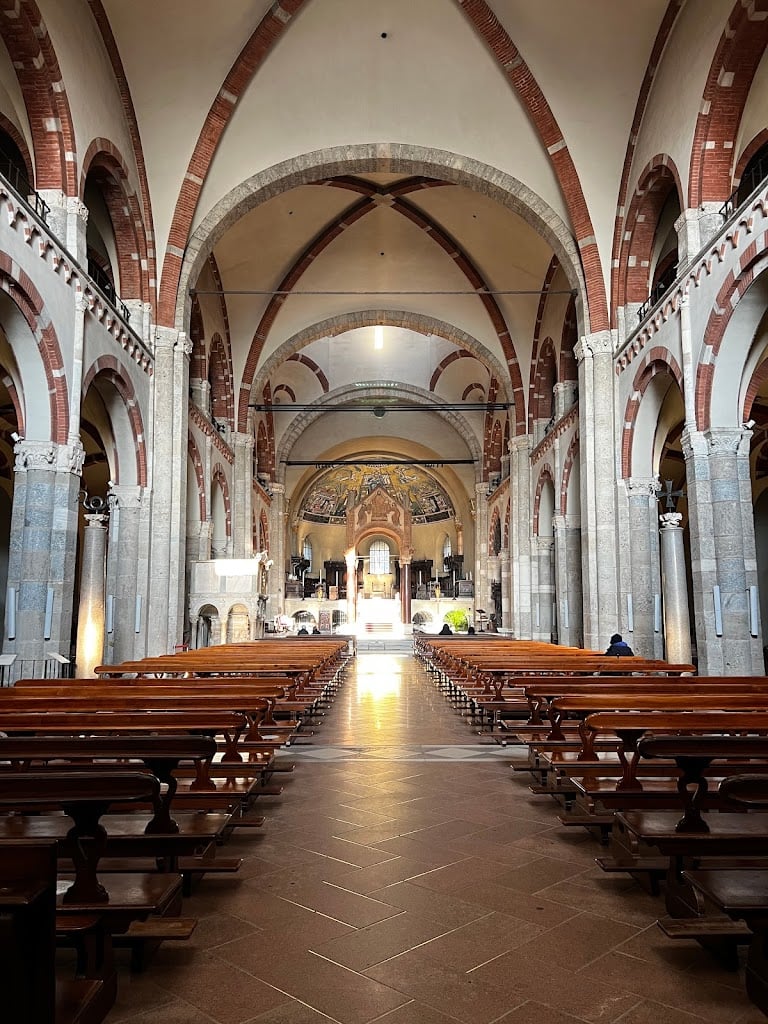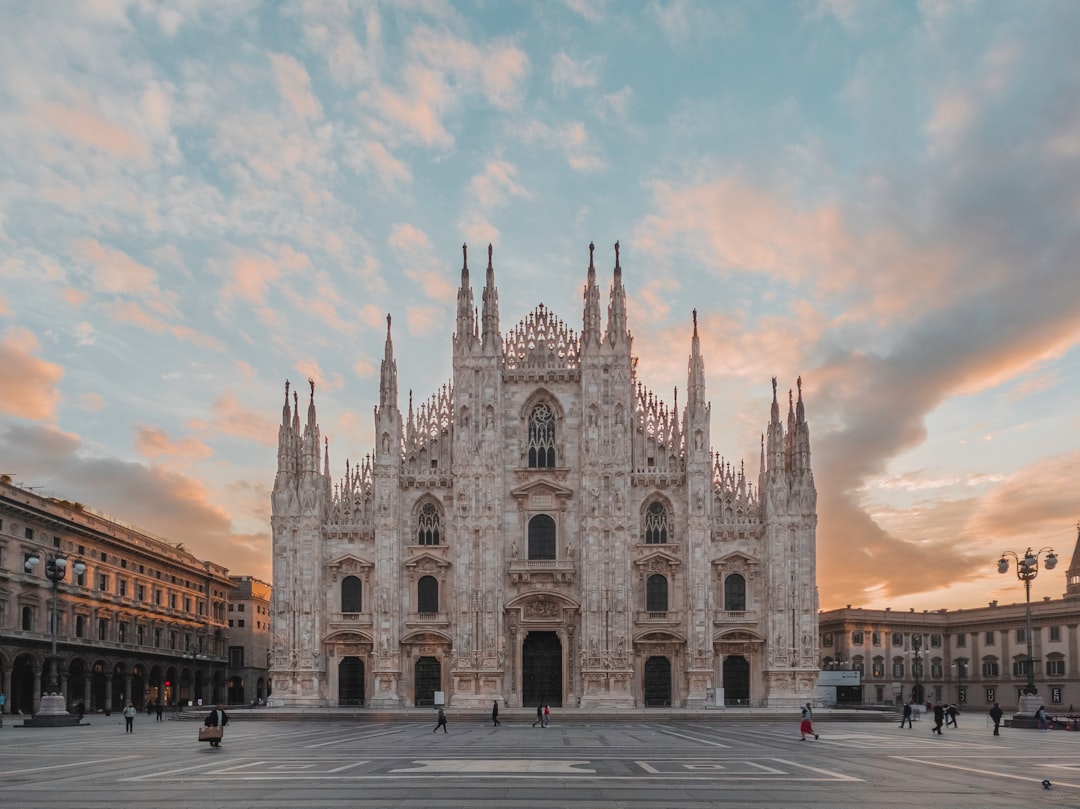Basilica di Sant'Ambrogio





Ask ThatchGPT
Suggest a local expert to plan my trip
Suggest an unique itinerary for my Italy trip
What foods do Italy locals eat
What are some true hidden gems in Italy
Help me brainstorm trip ideas for Italy
Help me plan a family-friendly trip to Italy
What people say
Beatrice Lugano
Available for hire
"From Piazza Vetra, taking a 15-minute walk, more or less, you can arrive at the Basilica di Sant'Ambrogio.
Sant'Ambrogio is the protector of Milano and many legends remind him.
The Church is a great example of Romanesque style and offers plenty of points of interest,
I will mention the two most interesting ones.
The first one is a column at the entrance of the Basilica, it is called the Devil Column. It is said that one day the Devil was tempting Saint Ambrogio in front of the Church and the Saint reacted by kicking him in the butt.
The Devil ended up with his horns stuck in the column and could not move. It stayed like this for one day and later disappeared leaving just the two holes as a gate to hell.
It is said that if you listen with your ear close to the holes you can hear the sounds of hell and you can smell sulfur coming from the holes as well.
The second legend is about another column, this time positioned inside the church on the left side of the altar.
On the top of the column, you will see a snake made of black bronze.
The legend says that the snake was forged by Moses while he and his people were exiled in the desert and he did it to protect himself and his people from the snakes.
Some historians also speculate on the fact that this could be Nehustan, Moses' snake the one that transformed from his staff.
The popular belief is that the snake will come alive in the Apocalypse and will leave the column, to go back to Josafat valley.
So, pay attention to the snake! 😉 "
Read more in:
Victoria White
"The Basilica of Sant’Ambrogio is one of the oldest churches in Milan and is named after Saint Ambrose who was once the bishop of the city as well as one of the most influential names in the Roman Church during the 4th century.
This medieval Romanesque place of worship was built between 379 and 386 and is now the Saint’s living legacy, although none of the original structure still remains as, over many years, it has been rebuilt and restored.
The church became iconic during the 4th century when the holy remains of Saints Protasius and Gervasius were laid to rest here. Then in 397 Saint Ambrose died and was also interred in the church. Today you can view the well-preserved remains of the three Saints who are located in the opulent crypt behind the altar. In the dark apse, you will find the bodies beautifully displayed in a glass coffin dressed in lavish jewelled clothes, adorned with religious motifs and regal crowns.
The basilica holds many examples of great artistic and historical value through its glowing altar mosaics, elegant chapels and unique carvings and sculptures. For a small fee, I would also highly recommend visiting the Treasury, which is located along the South side within the church. Here you can find many treasured and precious tapestries, paintings, metalwork, frescos and much more. "
Read more in:
Wiktoria Górska-Kijanka
"One of Milan's oldest churches, the Basilica of Sant'Ambrogio was commissioned by St. Ambrose between 379 and 386 in an area where many martyrs of Roman persecutions were buried, originally named Basilica Martyrum. The current Romanesque structure began around 1080, with the nave dating to 1128 and its rib vaults completed around 1140.
Originally built in the basilica style, similar to early Roman churches, it featured a central nave, two side aisles, an apse, and an atrium. The façade has two levels of loggias: the lower with three arches matching the portico, and the upper loggia, once used by bishops to bless the citizens. The basilica has a semi-circular apse, smaller chapels at the aisle ends, and no transept, with the interior matching the size of the external portico. "
Read more in:
Mentioned in these guides
About Basilica di Sant'Ambrogio
Get the inside scoop on Basilica di Sant'Ambrogio from local experts, travel creators, and tastemakers. Browse genuine trip notes, Basilica di Sant'Ambrogio reviews, photos, travel guides, and itineraries from real travelers and plan your trip with confidence.
Phone
Save this spot for later or start mapping out a new trip today
Try our AI Travel Assistant and get instant answers to any questions about your trip.
Ask ThatchGPT


